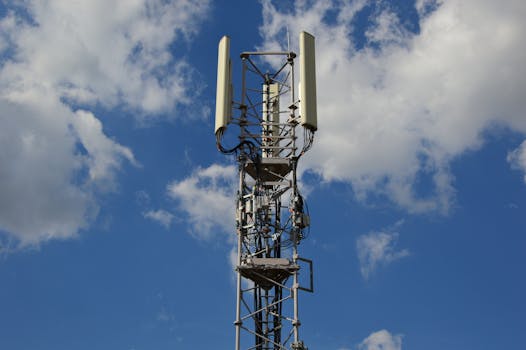
GEO Satellites: Understanding the Technology and Its Applications
GEO satellites, or Geostationary Earth Orbit satellites, are a type of satellite that orbits the Earth at an altitude of approximately 36,000 kilometers. GEO satellites are designed to remain stationary in the sky, relative to a fixed point on the Earth’s surface, which allows them to provide continuous coverage of a specific region. This unique characteristic makes GEO satellites an essential component of modern telecommunications, enabling a wide range of services including television broadcasting, internet connectivity, and mobile communications.
How GEO Satellites Work
GEO satellites are placed in a geostationary orbit, which is a circular orbit that allows the satellite to match the Earth’s rotational period. This means that the satellite completes one orbit around the Earth in exactly 24 hours, which is the same amount of time it takes the Earth to rotate once on its axis. As a result, the satellite appears to be stationary in the sky, relative to a fixed point on the Earth’s surface.
The process of launching a GEO satellite into orbit involves several complex steps. First, the satellite is launched into space using a rocket, which carries the satellite to an altitude of approximately 200 kilometers. From there, the satellite uses its own propulsion system to reach the desired orbit and begin its operational life. Once in orbit, the satellite is stabilized and oriented to ensure that its antennas and solar panels are pointing in the correct direction.
Applications of GEO Satellites
GEO satellites have a wide range of applications, including television broadcasting, internet connectivity, and mobile communications. They are also used for weather forecasting, navigation, and remote sensing. In addition, GEO satellites play a critical role in providing communication services to remote or underserved areas, where traditional telecommunications infrastructure is limited or non-existent.
One of the most significant applications of GEO satellites is in the provision of television broadcasting services. GEO satellites are used to transmit television signals to large areas of the Earth’s surface, allowing people to receive a wide range of channels and programming. This is particularly important in areas where terrestrial broadcasting is limited or non-existent, such as in remote or mountainous regions.
Future Developments and Challenges
Despite the many advantages of GEO satellites, there are several challenges and limitations associated with their use. One of the main challenges is the increasing congestion of the geostationary orbit, which is leading to a shortage of available slots for new satellites. Additionally, the use of GEO satellites is subject to regulatory restrictions and international agreements, which can limit their deployment and operation.
However, researchers and developers are working to overcome these challenges and improve the performance and capabilities of GEO satellites. For example, new technologies such as high-throughput satellites and advanced propulsion systems are being developed to increase the efficiency and capacity of GEO satellites. Additionally, there is a growing trend towards the use of smaller and more agile satellites, which can be launched and operated at lower cost than traditional GEO satellites.




